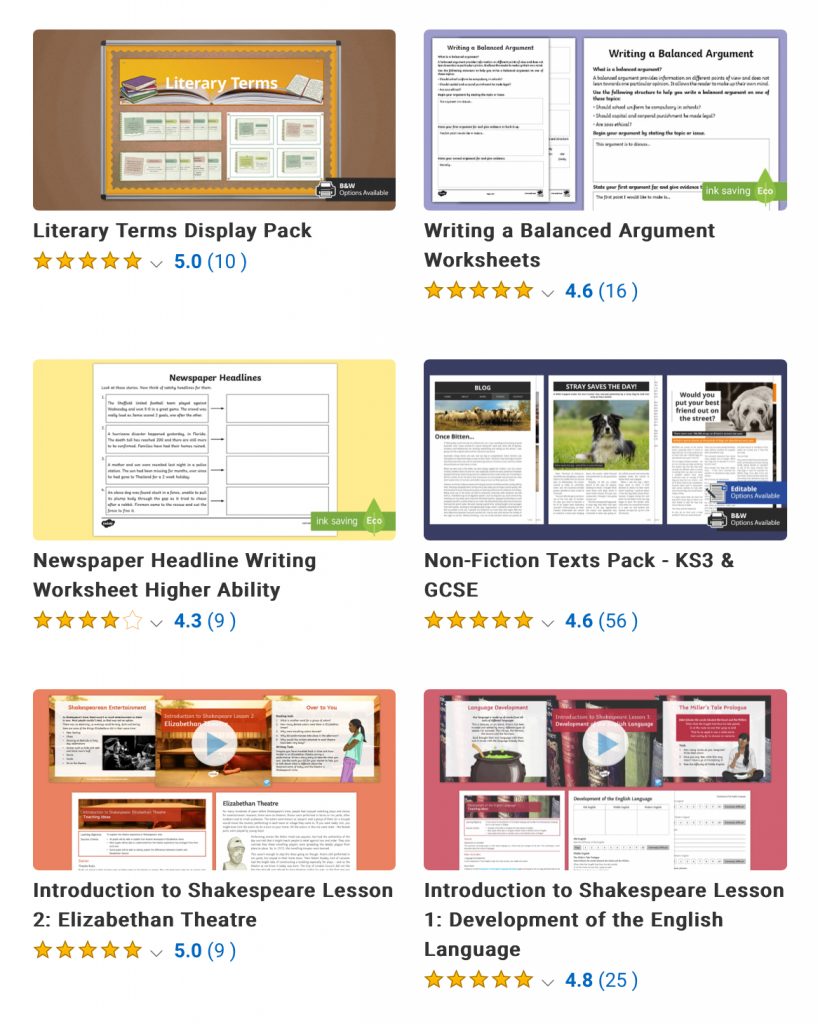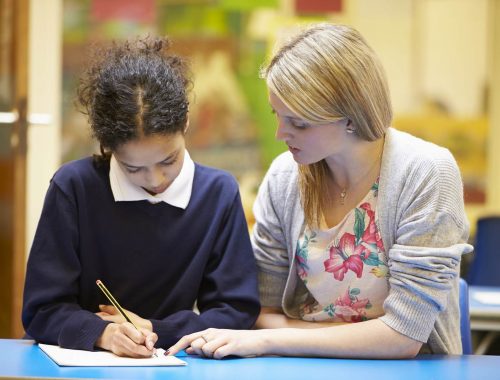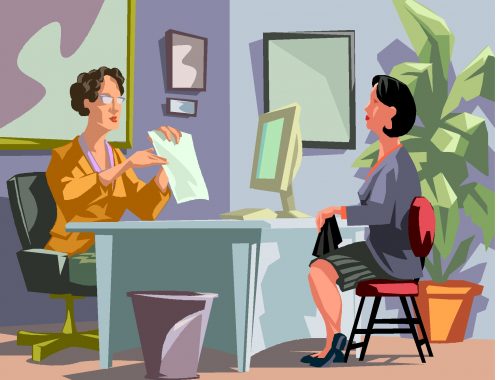Challenges – The Road to Learning
Throughout my placement, I learned an eternity of lessons; from how to plan a lesson, to how to present yourself in front of a class. Like all, with learning came the challenges. How else do we learn without challenges?
Over the course of the placement, I faced two major challenges that have aided me in my journey. I want to reflect on these challenges and show that even the most obscure and unpredictable challenges can be overcome and can allow you to grow enormously within your career.
Challenge 1: A Non English Speaking Student
When I first attended my placement, I was explained that I would be teaching a Year 8
English class as one of my classes. I was very happy with this as the curriculum that is studied in Key Stage 3 is a curriculum I am very familiar with. With this in mind, I began planning my lessons in line with their subject teacher and progress throughout the curriculum.
I went to the class prepared and ready to teach. I had all of my materials and resources required for the class. What I wasn’t prepared for, however, was the classroom assistant approaching me mid lesson to explain that one student at the back was a Ukrainian refugee and had just started at the school. She was non – English speaking with a very limited understanding of the English Language. Here I was faced with my first challenge. How do I teach an English class with a student who doesn’t speak English?
I began by allowing her to translate the worksheets to Ukrainian so that she could not begin to understand what we are saying and could not begin participating in my lessons. Although she worked through these tasks accurately, she seemed unfocused and uninterested in the lesson. I didn’t know what to do.
So, I approached the young student and with my Google Translate, I asked her what could I do to help her be more engaged and excited for my lessons. Her response was simple and precise: “Poetry”. She wanted to translate poetry to Ukrainian and then learn how to speak the poem in English. So, that’s what I did. I set the general class tasks for the rest of the class to work away on our lessons and then I sat with the student and we took the poem line by line. I read the line and got the student to repeat them after me. Once I got her pronouncing all the syllables correctly, I got her to translate the poem so that she understood the line. Once the student had an understanding of the line, then we were able to add emphasis and emotion behind the words so that the poem began to come to life.
Over a course of five weeks, the student had read aloud four poems with her favourite being ‘Digging’ by Seamus Heaney. The improvement and growth that the student was able to display in a very short space of time allowed me to see that this was a student who had a real flourish for literature and was very creative.
On my last day of placement, the class presented me with farewell gifts and cards – however, the one present that will stay with me forever was the student got up in front of the class and did a reading of “Digging” for the class. This is a moment that will remain with me for the rest of my career.

Challenge 2: The Ability to Step Back and Just Learn
The biggest challenge I found during my placement was learning that I am not expected to
be perfect and need to learn how to teach and I’m still learning to teach
From when I first stepped foot in the school, I presented myself like a teacher. I had the
materials. I had the curriculums. I thought I was ready to just go straight in and teach. If only it was
that easy. When I began marking the work from my pupils, I found that they did not have enough detail. I thought I had covered everything but I was approaching the material in the incorrect way.
Curriculums are just guides; they are not everything that you need. I didn’t know this until I went and sat in other classes to make notes.
I saw other teachers, with many more years of experience, elaborating on the material. Taking one small section and teaching it across a number of lessons. They had found the extra information, the detail that is required for the exams. The extra flourishes that take students from Cs to As and A*s.
But how? How did they do this and what do I need to do?
I had to swallow my pride and approach the head of department. I had to ask so that I could learn. And this changed both me and my lessons. The head of department was able to show me websites with extra resources, gave me access to resources that the school had gathered over many years and showed me how to construct a lesson presentation for students. I have never learned as much in such a short time period. Within a one hour meeting, I went from a deer in headlights to a confident and independent teacher.
Not only did my lessons and I improve, so did the students’ grades. I finally had students ready to sit exams. Students who were confident. Students who were prepared.
Swallowing my pride and just asking questions paid off. How do I know this? Due to three simple facts:
- 95% of my students received A-C in winter external exams (GCSE);
- 40% of those received A grades; and,
- I am confident that I can prepare fully and effectively communicate and provide a detailed
and accurate lesson for any age group.
So overall, how have these challenges in my placement helped me grow as a teacher?
Well, questions are vital. No human can read minds and no human knows it all. Questions allow for an understanding of what others are thinking, knowledge in knowing others understand and can help you develop, grow and learn in the aspects of your career that you are struggling with.
Yet more importantly, no one is expecting you to be perfect and there is always those who are there that want to aid and help you improve.

Bibliography
Heaney, S. (1964) Digging, Available at: https://www.oatridge.co.uk/poems/s/seamus-heaney- digging.php
Twinkl – https://www.twinkl.co.uk/resources/keystage3-ks3/keystage3-ks3-english/keystage3-ks3- english-ks3
Hand up – http://clipart-library.com/clipart/n1806200.htm
SINK OR SWIM
You May Also Like

Challenge Accepted Sir!
18 April 2023
Job Interviews: Selling Yourself For A Pay Cheque
24 February 2023
